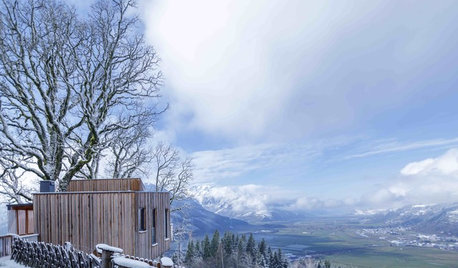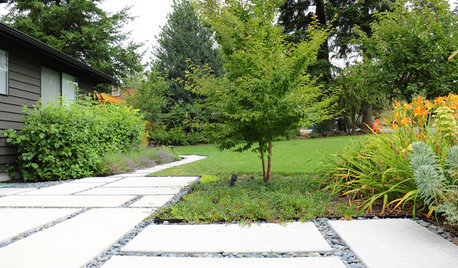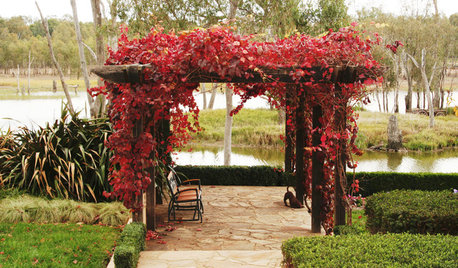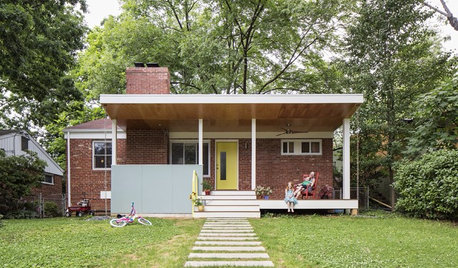no sycamore anthracnose south of Northern VA?
hairmetal4ever
9 years ago
Related Stories

HOMES AROUND THE WORLDHouzz Tour: A Modern Cabin With ‘Sound of Music’ Views
In this cozy Alpine guesthouse, clean lines and picture windows harmonize with traditional Austrian comforts
Full Story
ARBOR DAY10 Trees Landscape Designers Love
In honor of Arbor Day, consider adding a beautiful and beneficial tree species favored by designers around the country
Full Story
HOUZZ CALLShow Us a Favorite View of Fall Where You Live
How have your yards and views been transformed by fall? Your photo may be featured in an upcoming story!
Full Story
FEEL-GOOD HOMEWhat Really Makes Us Happy at Home? Find Out From a New Houzz Survey
Great design has a powerful impact on our happiness in our homes. So do good cooking smells, family conversations and, yes, big-screen TVs
Full StoryMore Discussions







poaky1
hairmetal4everOriginal Author
Related Professionals
Maple Valley Landscape Architects & Landscape Designers · East Rancho Dominguez Landscape Architects & Landscape Designers · Belmont Landscape Contractors · Bristol Landscape Contractors · Federal Way Landscape Contractors · Mission Bend Landscape Contractors · Nanuet Landscape Contractors · Tigard Landscape Contractors · Hacienda Heights Siding & Exteriors · Hamden Siding & Exteriors · St. Louis Siding & Exteriors · Dearborn Decks, Patios & Outdoor Enclosures · Fort Pierce Decks, Patios & Outdoor Enclosures · Verona Decks, Patios & Outdoor Enclosures · Genesee Stone, Pavers & Concretebengz6westmd
hairmetal4everOriginal Author
hairmetal4everOriginal Author
bengz6westmd
poaky1